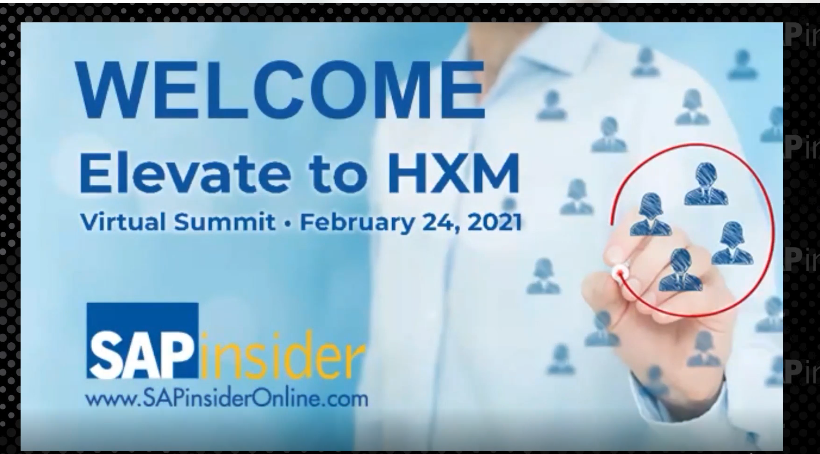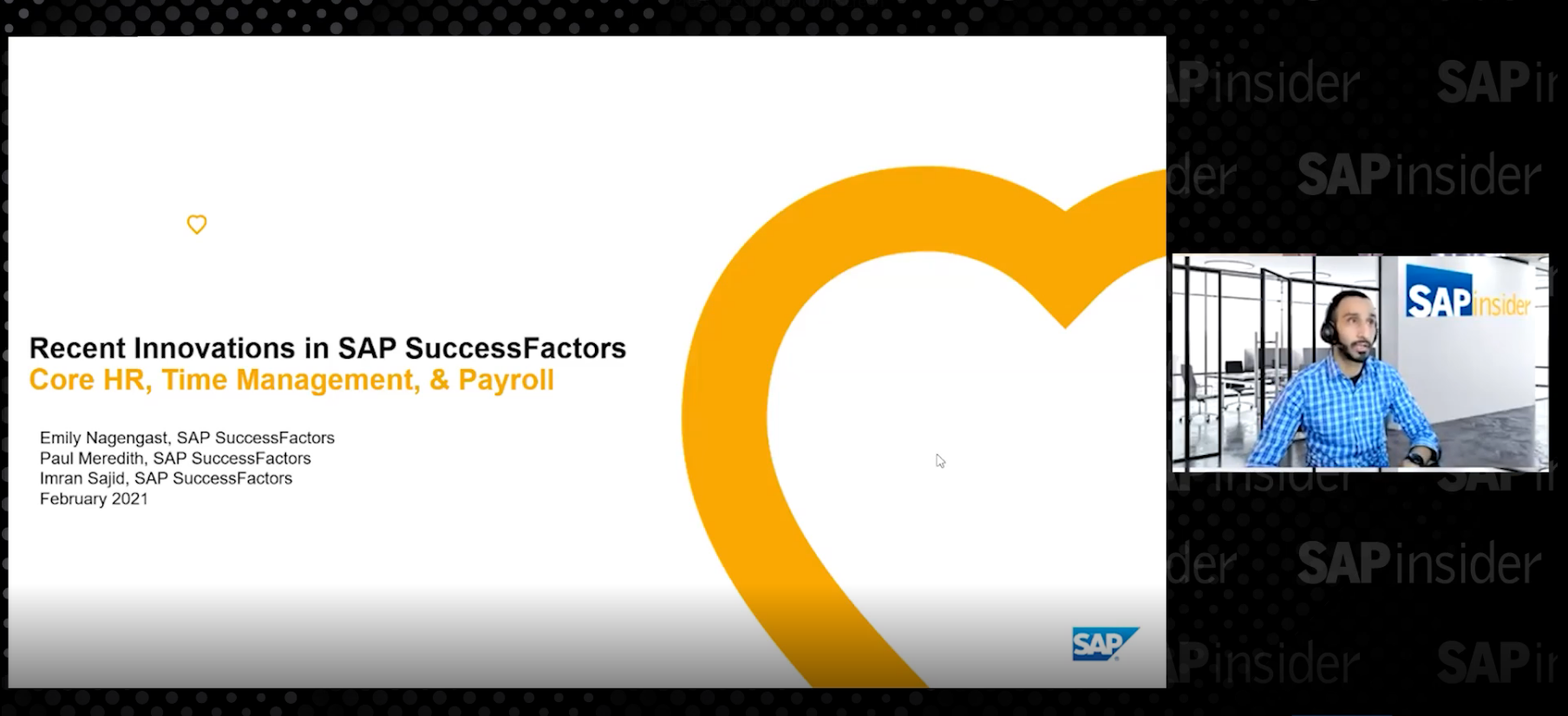Experiences Count with Digital HR
A Diverse, Inclusive, and Engaged Workforce Drives Better Business Outcomes
As the race to digitalize the enterprise to drive innovation continues to have a profound effect on HR organizations the world over, the reality is that the mission for HR has largely remained the same since job openings were posted in newspapers and type-written resumes arrived in the mail room: to assemble strong, adaptable teams that can execute business goals and improve the bottom line.
What has changed is the understanding that improving process efficiencies toward this end — which until recently was the definition of HR transformation — can only accomplish so much. Transitioning to shared service centers in low-cost geographies, as one example, isn’t going to cut it. HR transformation is now about improving the overall people experience. This requires adopting a mindset that every experience we deliver to our people — from recruiting and onboarding, to how we manage them, to today’s experiences around health and wellness — can drive competitive advantage. Creating personal engagement in the workplace is an imperative; organizations unable or unwilling to reach that goal will lose the best people to other employers.
Business Beyond Bias
Rethinking business and HR processes around not just automating transactions, but instead around how to use data to create a relationship with a job applicant or an employee creates value for both the individual and the organization. Take recruiting, for example. If your processes are about nothing more than having a traditional applicant tracking system in place, that is recruiter-only focused, check-the-box, can you really work on things like rooting out unconscious hiring bias and better predicting the eventual success of a candidate before they walk in the door?
Eliminating bias in recruiting, and across the employee experience, is a proven way to assemble a successful, diverse team. Until now, however, tackling this challenge hasn’t been at the forefront for most HR leaders because the focus has been more on process efficiency. But identifying and weeding out bias is a prime example of what it means to adopt a new approach that puts the candidate and employee experience first, with a clear outcome being your competitive advantage.
The success of your business depends on attracting, hiring, and retaining the best people. And it’s increasingly clear that bringing together unique and diverse individuals results in a high-performing workforce. This is all about making sure we have access to the broadest talent pool available.
To be a digital HR leader requires recognizing the value of diversity, and understanding that process automation in most cases cannot attack the underlying cause behind bias, manifested by learned behaviors that lead up to show a preference to a particular school, background, gender, ethnicity, or age.
Traditional methods to attack unconscious bias, such as hiring quotas and blind interviews, are tactical approaches that do not attack the underlying cause of bias the way technology can, whether through tools such as bias checkers for job requirements, or turning off people’s pictures from organizational charts, which can result in bias during compensation management processes.
Even for organizations that are conscious of bias and actively take steps to identify hidden preferences, practicing inclusion can be a challenge. That is why the embrace of technology in accordance with a digital HR transformation is so important; technology is impartial. It does not have past experiences to cloud its judgment. Infusing machine learning into detecting bias in job specifications, for example, can strengthen assessments over time as the solution begins to learn, detect, and counter new biases as they surface.
Connectivity, Engagement, Intelligence
Creating a more diverse and inclusive workforce in a transition to a business without bias is an important benefit that arises when technology complements an approach that places a high value on what it means to have connected, engaged people. This combination of a changing mindset backed by technology as the foundation of a digital HR transformation is supported in every new SAP SuccessFactors release. Recognizing the urgent need to put the employee experience first, every SAP SuccessFactors application features tools and capabilities that include connectivity, engagement, and intelligence.
Intelligent Services, which is included as a capability in SAP SuccessFactors Employee Central, is the embodiment of this commitment. Recognizing that process automation barely scratches the surface for what it means to be a digitally transformed HR organization — that pushing tasks to a shared service center may create an efficiency, but does little to engage with and motivate a workforce — requires a change in what HR brings to the business.
Intelligent Services is the epitome of what it means to be a digital HR leader because the outcome is guidance, direction, and recommendations that make our jobs and our lives easier and more productive.
Putting People First
Technology that includes machine learning and artificial intelligence (AI) can help us create differentiated and smart people experiences that employees are familiar with in their personal lives — which is exactly what we’ve come to expect in the workplace. Delivering a personal, end-to-end candidate and post-hire experience is what it means to be a leader in digital HR transformation.








